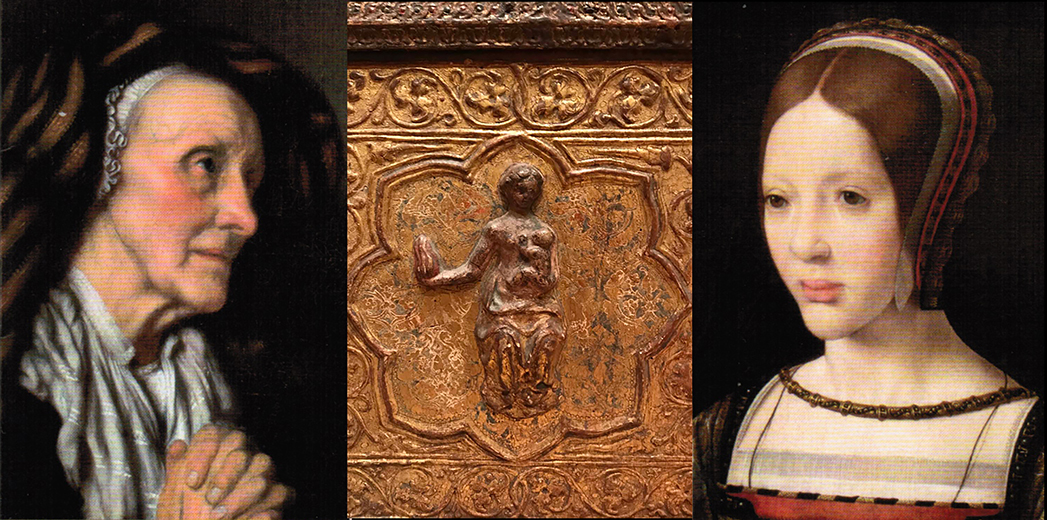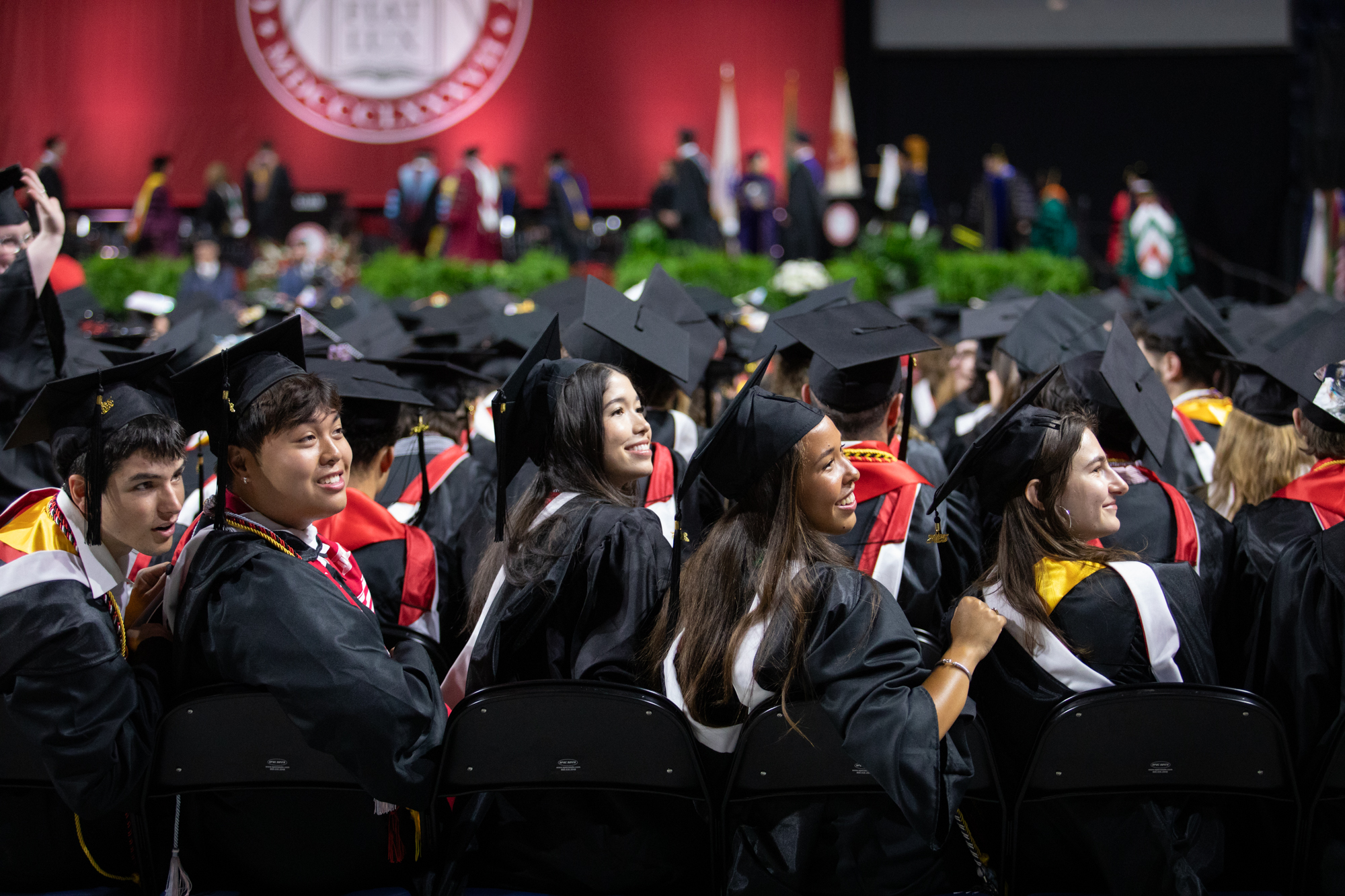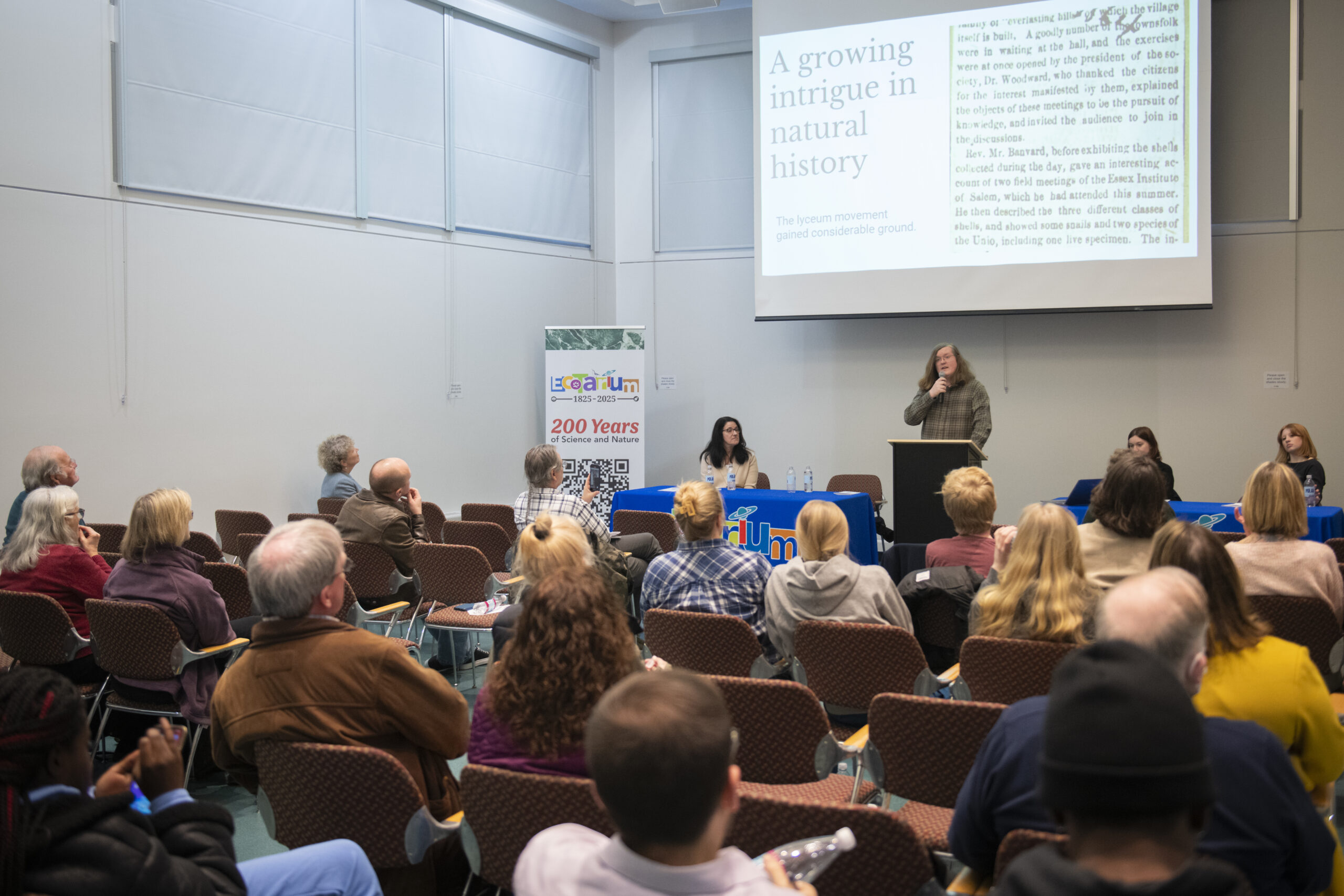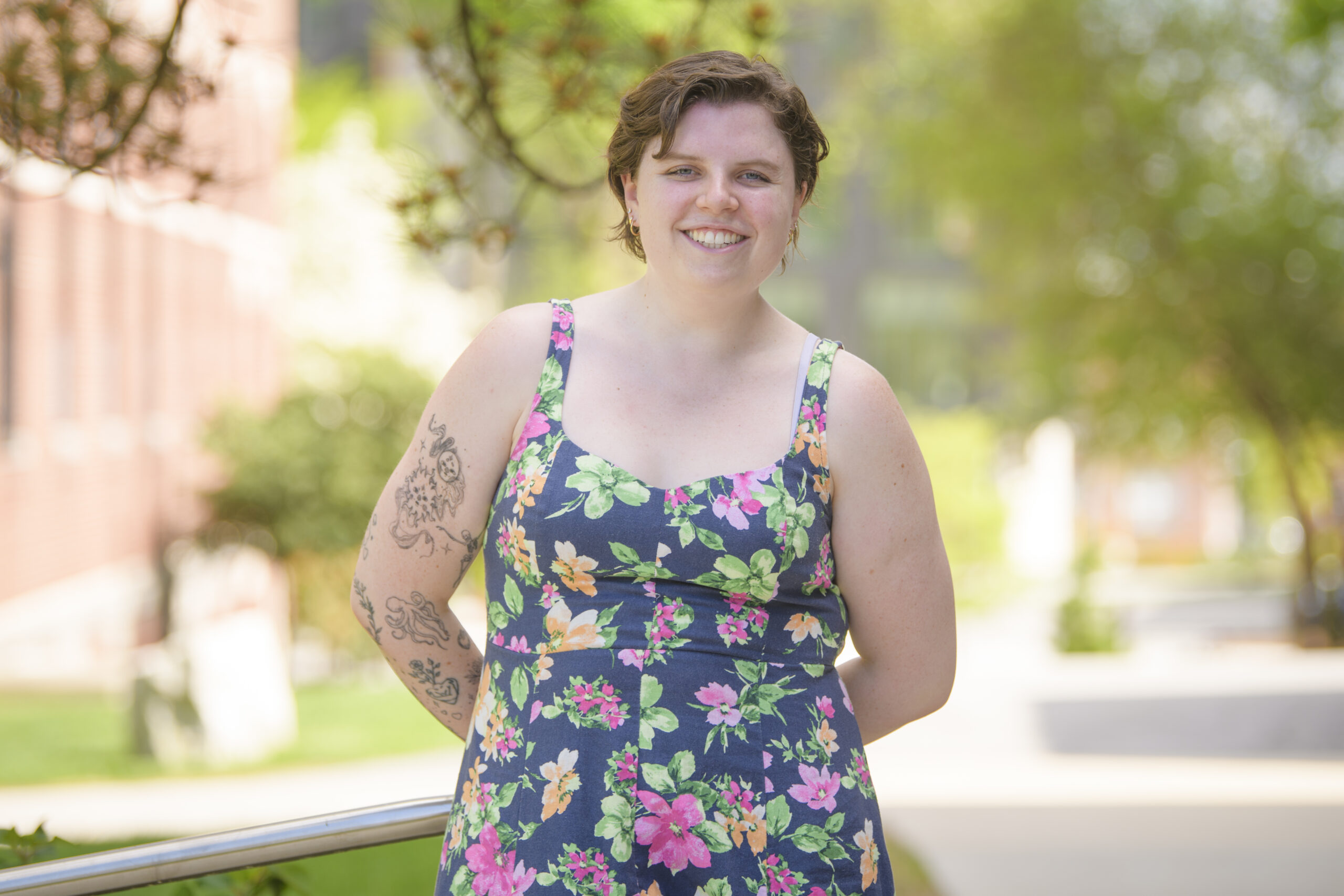Project examines depictions of femininity in Worcester Art Museum Early European collections
Several of the artworks researched by Clark students for “Women of WAM: Depictions of Femininity in Early Modern Europe,” from left: “An Old Woman Praying,” by Nicolaes Maes (about 1655); a cassone, or wedding chest, depicts feminine virtues (about 1430); and “Portrait of Queen Eleanor of Austria” by Jan Gossaert, about 1516.
“Women of WAM: Depictions of Femininity in Early Modern Europe,” an exhibition curated and researched by students in professor John Garton’s Art, the Public, and Worcester’s Cultural Institutions course, has been extended through the summer and will be on view at the Worcester Art Museum until September 5. The exhibition opened last October.
In this Problems of Practice course, students collaborate on a specific project with a Worcester County institution. Garton invited his students to visit WAM’s Early European Galleries (1400–1700) to find works for a curated exhibition; they chose “Depictions of Femininity” as their theme and selected a dozen artworks to include.
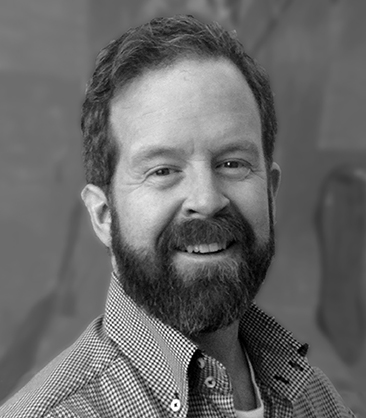
Along with researching the works, students created the museum labels that accompanied the pieces on display — learning to pare down their extensive research to just 200 words — and wrote a printed exhibition guide. They also learned about the considerations and decisions involved in designing an exhibition and met with Claire Whitner, WAM Director of Curatorial Affairs and the James A. Welu Curator of European Art , James Welu, WAM Director Emeritus, and the museum’s director of education and experience, Marnie Weir.
“‘Women of WAM: Depictions of Femininity in Early Modern Europe’ reminds us of how artwork reinforced the idealized, and often contradictory, notions of femininity,” the students wrote in the brochure. “Feminine roles were constantly shifting with societal changes, and looked very different according to age and rank.” The works in the exhibition include depictions of women of various ages and in different settings, ranging from the pious to the mundane to the sensual.
The student curators were Emma Dinnerstein ’20, Remi Egierd ’21, Annie Farnsworth ’21, Sarah Lolya ’21, Nick Mellis ’21, and Sam Weiner ’22.
Garton and the students discussed the exhibition and course in “Picturing European Women in the Age of the ‘Old Masters,’” a virtual presentation last fall that was part of Alumni and Friends Engagement’s Clark After Dark series.
In the virtual event, Garton said Clark is lucky to have WAM as a resource for its faculty and students. “You get so spoiled with teaching with the real objects and seeing them up close. We are blessed to have a relatively small, comprehensive museum with artwork of exceptional quality — it’s been a beautiful part of my teaching for the past 12 years.”
The museum opportunities afforded to Clark undergraduates rival those found in leading graduate programs of art history, Garton added.
Clark professors and students have collaborated with the Worcester Art Museum on several high-profile exhibitions in recent years, including “Rediscovering an American Community of Color: The Photographs of William Bullard, 1897-1917” (2018), co-curated by students in Professor Janette Greenwood’s Public History: Race, Photography and Community seminar, and “Cyanotypes: Photography’s Blue Period” (2016), with research by students in a seminar co-taught by Professor Kristina Wilson and WAM curator Nancy Burns.


